Is Brown Rice Good For You? Here's the Best Way to Cook Brown Rice
Introduction to Brown Rice
What is Brown Rice?
Brown rice is a whole grain rice with only the outermost hull removed. Unlike white rice, it retains the bran layer and germ, which are rich in fiber, vitamins, and essential nutrients. This simple difference gives brown rice a powerful nutritional edge and makes it a top choice for health-conscious eaters.
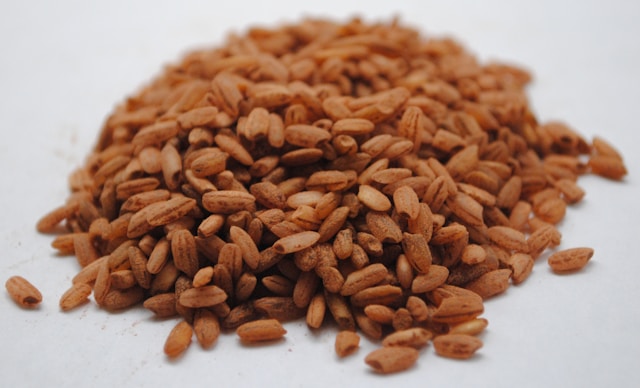
How it Differs from White Rice
The refining process of white rice strips away its most nutritious parts, leaving behind mainly carbohydrates. Brown rice, on the other hand, is minimally processed, preserving its natural goodness. This distinction not only affects its nutritional value but also its texture, flavor, and cooking method.
Brown Rice Nutrition: What's Inside?
Nutrient Profile
Brown rice is a nutritional powerhouse. Here’s what a 1-cup (cooked) serving offers:
-
Calories: 216
-
Protein: 5g
-
Carbohydrates: 45g
-
Fiber: 3.5g
-
Magnesium: 21% of RDI
-
Phosphorus: 15% of RDI
-
Selenium: 27% of RDI
This whole grain also contains antioxidants, phytonutrients, and a variety of B vitamins, including niacin and thiamine.
Health-Boosting Compounds
Brown rice is rich in lignans and phenolic acids, which are linked to reduced inflammation and lower cholesterol. These compounds help combat oxidative stress, supporting overall health and longevity.
Differences Between Brown Rice And White Rice Nutrients
| Nutrient | Brown Rice (1 cup) | White Rice (1 cup) |
|---|---|---|
| Calories | 216 | 205 |
| Fiber | 3.5g | 0.6g |
| Magnesium | High | Low |
| Antioxidants | Yes | Minimal |
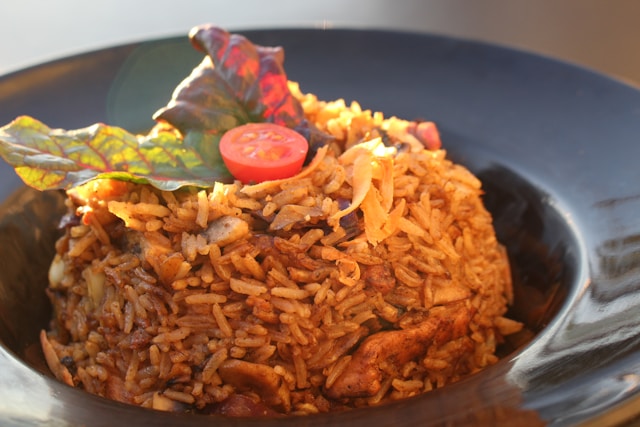
The takeaway? Brown rice is nutritionally superior by a long shot.
Jump To
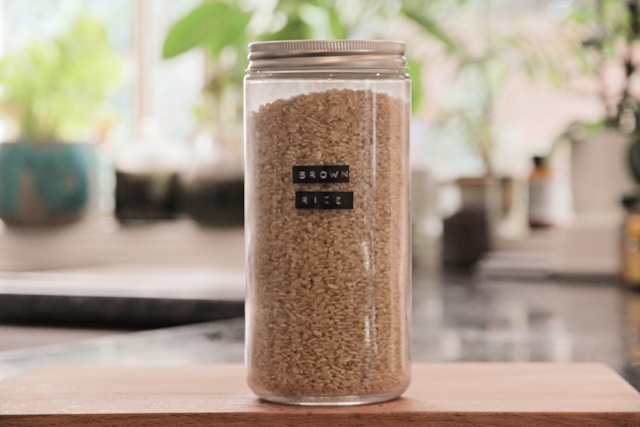
1. Is Brown Rice Good For You?
Health Benefits Backed by Science
Yes, brown rice is good for you—very much so. Its high fiber content improves digestion, keeps you full, and supports a healthy gut microbiome. Research links regular brown rice consumption with:
-
Lower cholesterol
-
Improved blood sugar levels
-
Reduced heart disease risk
-
Better weight management
Who Should Eat Brown Rice
Almost everyone! It's especially beneficial for:
-
People managing weight
-
Individuals with prediabetes or diabetes
-
Those with high cholesterol
-
Vegetarians and vegans looking for more fiber and minerals
Risks & Downsides
Despite its benefits, brown rice contains phytic acid, which can block the absorption of minerals like zinc and iron. It also tends to have higher levels of arsenic than white rice, especially if grown in contaminated soil. However, rinsing it well and cooking with excess water helps mitigate this issue.
2. Brown Rice and Weight Loss
Role of Fiber
Fiber is key in weight management, and brown rice is loaded with it. It slows digestion, reduces hunger, and prevents overeating, leading to sustainable weight control.
Satiety & Blood Sugar Regulation
Thanks to its low glycemic index (GI), brown rice provides a steady release of energy without causing blood sugar spikes. This helps regulate appetite and reduces cravings, especially for people with insulin resistance or diabetes.
3. Brown Rice and Heart Health
How It Affects Cholesterol
Brown rice contains soluble fiber, which binds to cholesterol in the digestive system and helps remove it from the body. Regular intake can lead to lower LDL (bad) cholesterol levels.
Antioxidants & Cardiovascular Benefits
Rich in antioxidants like flavonoids and selenium, brown rice supports heart health by reducing oxidative damage and improving vascular function.
4. Is Brown Rice Safe for Diabetics?
Glycemic Index
Brown rice has a moderate GI (around 50), compared to white rice’s higher GI (about 72). This means it raises blood sugar more slowly, which is crucial for managing diabetes.
Blood Sugar Impacts
Replacing white rice with brown rice in the diet can improve insulin sensitivity and blood sugar control. The fiber content slows glucose absorption, reducing spikes after meals.
Best Practices for Diabetics
-
Pair brown rice with lean protein and healthy fats
-
Keep portions moderate
-
Avoid sweetened or flavored rice varieties
5. Brown Rice vs White Rice: A Nutritional Battle
Key Differences
| Category | Brown Rice | White Rice |
|---|---|---|
| Fiber | High | Low |
| Vitamins & Minerals | Rich | Stripped |
| Glycemic Index | Moderate | High |
| Processing | Minimal | Heavily refined |
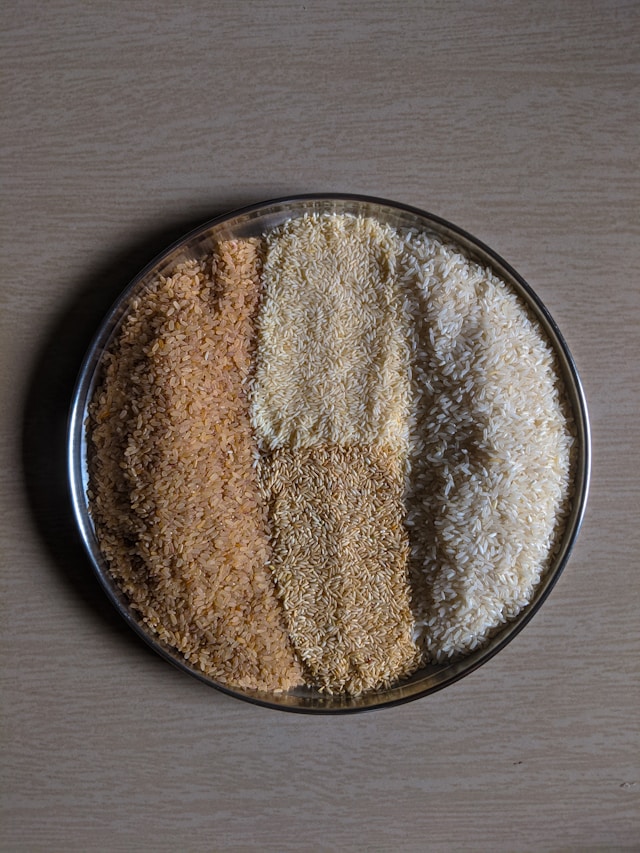
Which is Better for Your Goals?
If your goal is to boost your health, regulate blood sugar, or lose weight, brown rice is the clear winner. White rice may be preferred for athletes needing quick carbs, but it lacks the depth of nutrition that brown rice offers.
6. How to Cook Brown Rice Perfectly
Best Cooking Methods
There are several ways to cook brown rice:
-
Stovetop Method – Most traditional. Use a 2:1 water-to-rice ratio. Simmer for 45 minutes.
-
Rice Cooker – Convenient and mess-free. Some models have a brown rice setting.
-
Instant Pot/Pressure Cooker – Great for quick results. Cook for 20-22 minutes with a 1.25:1 ratio.
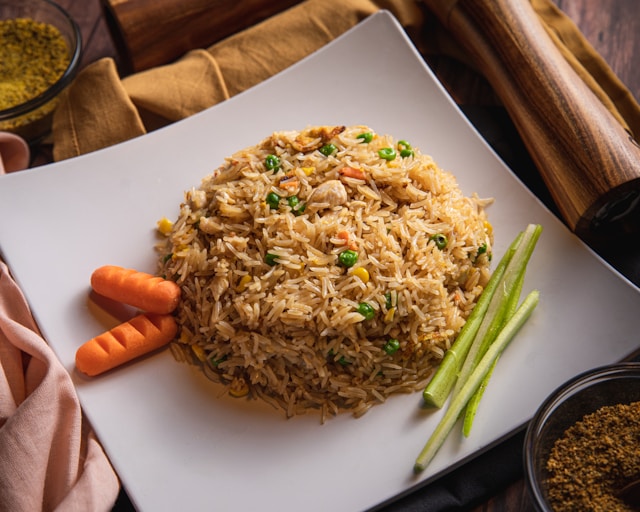
Tips for Fluffiness
-
Rinse thoroughly to remove excess starch
-
Soak rice for 30 minutes before cooking to soften the grains
-
Let it sit covered after cooking for 10 minutes
Common Mistakes When Cooking Brown Rice
Avoiding Mushiness
-
Don’t overcook. Stick to the timing instructions.
-
Measure your water carefully.
Water Ratios
Use 2 cups of water per 1 cup of brown rice for stovetop. Adjust slightly for other appliances.
Cooking Time Tips
Brown rice takes longer than white—plan for 40–50 minutes, depending on method.
Creative Ways to Enjoy Brown Rice
Salad Bowls
Pair with chickpeas, spinach, avocado, and a lemon-tahini dressing.
Stir-Fries
Add sautéed vegetables, tofu or chicken, and soy sauce or sesame oil.
Brown Rice Pudding
Use almond milk, honey, cinnamon, and raisins for a delicious dessert.
7. Can I Compost Brown Rice?
Composting Cooked vs Uncooked Brown Rice
-
Uncooked rice: Safe to compost.
-
Cooked rice: Can attract pests and mold. Best composted in a home electric composter.

GEME, the Best Biowaste Composter
✅ Large Capacity 19L, Quiet, Odourless
✅ Quick (6-8 hours), Microbes Compost, Full Compost
✅ 30-Day Risk-Free Trial, One Year Warranty
Dos and Don’ts
| Do Compost | Don't Compost |
|---|---|
| Plain, uncooked rice, cooked rice with little oil or seasonings | Cooked rice with too much oil or seasonings |
| In electric composters | In cold or passive compost bins |
Storing and Reheating Brown Rice
Safe Storage Methods
-
Refrigerate within 1 hour after cooking
-
Store in airtight containers for up to 4 days
Avoiding Spoilage
Spoiled rice can harbor Bacillus cereus, a dangerous bacterium. Compost it if it smells sour or sticky.
8. Is Brown Rice Suitable for Everyone?
Allergies
Rice allergies are rare, but possible. Brown rice contains more protein than white rice, which may cause issues for some.
Digestive Issues
Due to its high fiber content, brown rice may cause bloating or gas for people with sensitive stomachs.
Who Should Limit Intake
-
Individuals with kidney disease (due to phosphorus and potassium content)
-
People needing a low-fiber diet
Brown Rice in Special Diets
Vegan, Gluten-Free, and Plant-Based Diets
Brown rice is naturally gluten-free, vegan, and rich in plant-based nutrients—perfect for these lifestyles.
Paleo and Keto Considerations
Brown rice is not Paleo or Keto-friendly due to its carb content. Those on low-carb diets should avoid it or consume it in moderation.
People Also Ask about Brown Rice
1. Is it OK to eat brown rice every day?
Yes, in moderation. Balance it with other grains and rinse thoroughly to reduce arsenic exposure.
2. Does brown rice contain arsenic?
Yes, but in small amounts. Rinsing and cooking with excess water reduces it significantly.
3. Can brown rice help with weight loss?
Absolutely. Its fiber content keeps you full and stabilizes blood sugar.
4. Is brown rice better than quinoa?
Quinoa has more protein and all nine amino acids, but both are nutritious. Rotate between the two for variety.
5. How much brown rice should I eat per serving?
1/2 to 1 cup of cooked brown rice is considered a healthy portion.
6. Is sprouted brown rice healthier?
Yes! It contains more antioxidants and is easier to digest.
Conclusion: The Final Verdict on Brown Rice
Brown rice is a nutrient-dense, whole-grain food that offers countless health benefits, from heart health to diabetes control to sustainable weight loss. It may take a little longer to cook, but the payoff is well worth it. Just be mindful of portions, prep it properly, and enjoy it as part of a balanced diet.
Related Articles
Sources
-
Wikipedia: Brown Rice https://en.wikipedia.org/wiki/Brown_rice
-
Harvard Medical School: Brown rice versus white rice: A head-to-head comparison https://www.health.harvard.edu/nutrition/brown-rice-versus-white-rice-a-head-to-head-comparison
-
WebMD: Brown Rice: Health Benefits, Nutrition Facts, and How to Prepare It
-
Novan Health: Brown rice vs. White rice: is brown rice better for you than white rice?
Ready to transform your gardening game? Subscribe to our newsletter for expert composting tips and sustainable gardening advice.
